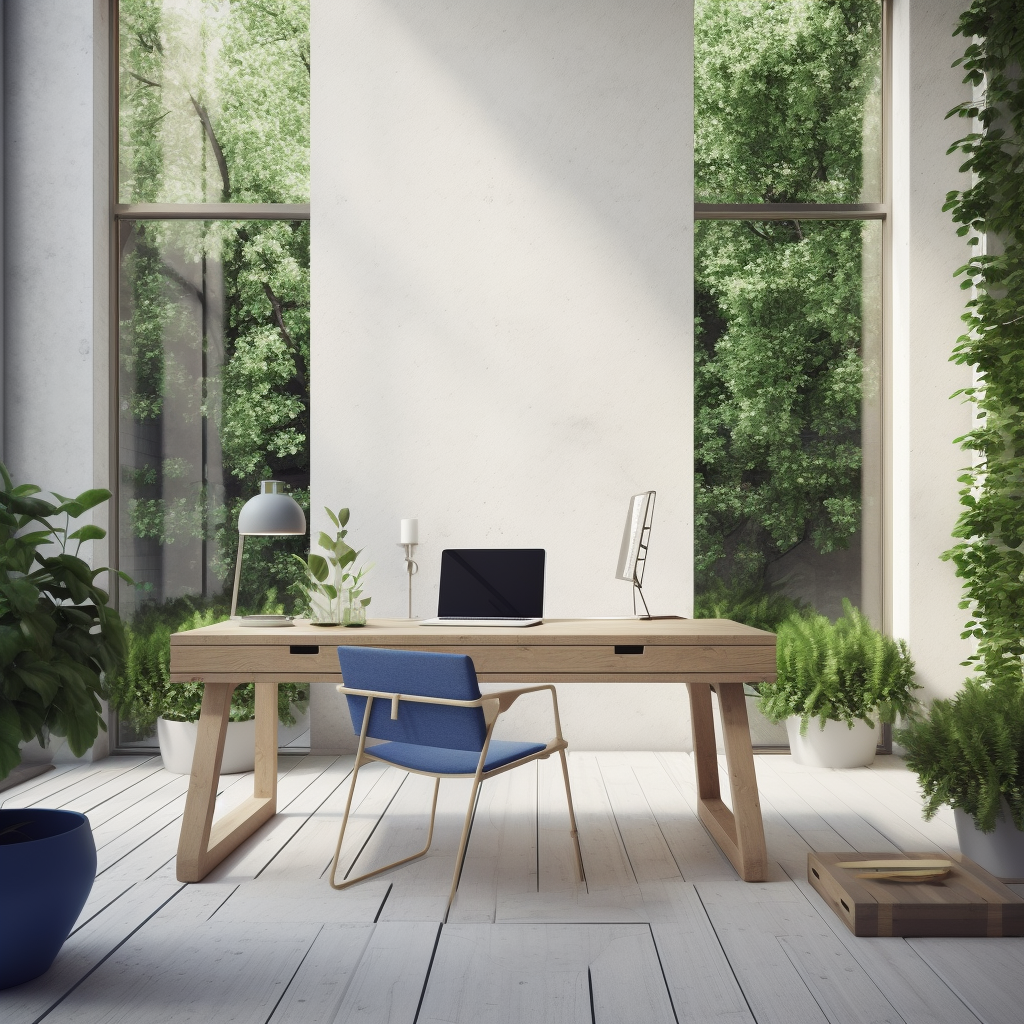In the dynamic landscape of design, where the only constant is change itself, Artificial Intelligence (AI) has emerged as a beacon of transformative power. Like the master sculptor’s chisel which slowly reveals the form within the marble, AI is reshaping the canvas of design in ways that are profound and pervasive.
ENHANCING USER EXPERIENCE
At the heart of design lies the user experience, a sacred ground where function meets form. AI serves as a bridge, connecting user needs with digital experiences. By harnessing AI, personalization is elevated, resembling a maestro’s orchestration that’s uniquely attuned to each listener. For instance, Spotify’s use of AI to curate personalized playlists is a testament to how algorithms can cater to individual tastes, setting a benchmark for intuitive design.
Example: Netflix 📺
Consider Netflix’s recommendation engine: it’s an AI-driven maestro, orchestrating a viewing experience that feels deeply personal to each user. By analyzing viewing histories and patterns, Netflix creates a unique tapestry of content for every individual, a feat that traditional design methodologies could hardly achieve on such a vast scale.
AUTOMATING REPETITIVE TASKS
The repetitive tasks that often shackle a designer’s creativity are akin to Sisyphus’s eternal struggle, but AI offers a release. It’s the design equivalent of a potter’s wheel, spinning raw clay into form with minimal effort. AI tools, such as Adobe Sensei, streamline the mundane, allowing designers to ascend to new creative heights by handling the laborious task of sorting elements or generating animations, as if by an invisible hand.
Example: Canva 📲
The platform Canva utilizes AI to simplify graphic design. Canva’s ‘Magic Resize’ tool is a prime example of how tedious tasks like resizing designs for different platforms can be automated. The tool intuitively adjusts the layout, allowing designers to reproduce designs across various formats seamlessly, which otherwise would be a painstaking manual process.
DATA-DRIVEN DECISIONS
In the realm of design, data is the new soil from which insights grow. AI’s ability to analyze and interpret data is akin to an alchemist turning leaden observations into golden decisions. This is evidenced in platforms like Google Analytics, which empower designers with the knowledge of user interactions, transforming data into a compass that guides the design journey.
Example: Airbnb 🏡
Airbnb’s use of AI for pricing suggestions exemplifies data-driven design decisions. By analyzing numerous data points, from location to time of year, Airbnb provides hosts with dynamic pricing recommendations, optimizing occupancy and revenue — a clear case of AI’s prowess in translating data into actionable design insights.
PREDICTIVE DESIGN
AI’s predictive capabilities are the crystal ball of the design world, offering a glimpse into the future of how users will interact with creations. Tools like Adobe’s Aero offer the power to prototype experiences in augmented reality, providing a sandbox for designers to iterate and refine their visions with the foresight once thought magical.
Example: Autodesk ╋
Autodesk’s generative design software leverages AI to predict user needs and provide design alternatives. This technology explores all possible permutations of a solution, quickly generating design options by processing user-input criteria. It’s a crystal ball revealing countless potential futures, enabling designers to select the most effective design strategy.
REMAINING RELEVANT
In the relentless march of progress, technology is the drumbeat to which all industries must move. For designers, AI is no longer the beat of a distant drum, but a resonant call to action. As digital fabricators changed the face of architecture, so too does AI promise to redefine the landscape of design.
Example: Photoshop 🎨
The integration of AI in Adobe Photoshop with features like ‘Content-Aware Fill’ showcases how staying relevant necessitates embracing AI. This feature intelligently fills in the gaps when parts of an image are removed, understanding the context and blending it seamlessly, a task that would traditionally require extensive manual effort from a designer.
AI stands not as a replacement but as a complement to the designer’s touch. It is the modern brush in the digital artist’s hand, broadening the stroke and enriching the palette. The integration of AI in design is not just a fleeting trend but a fundamental shift, much like the transition from hand-drafting to CAD.
For those in the design field, it’s time to embrace AI with open arms — to weave it into the fabric of their skillset. As the horizon of design widens, those equipped with AI acumen will not only navigate the future; they will lead the charge.



